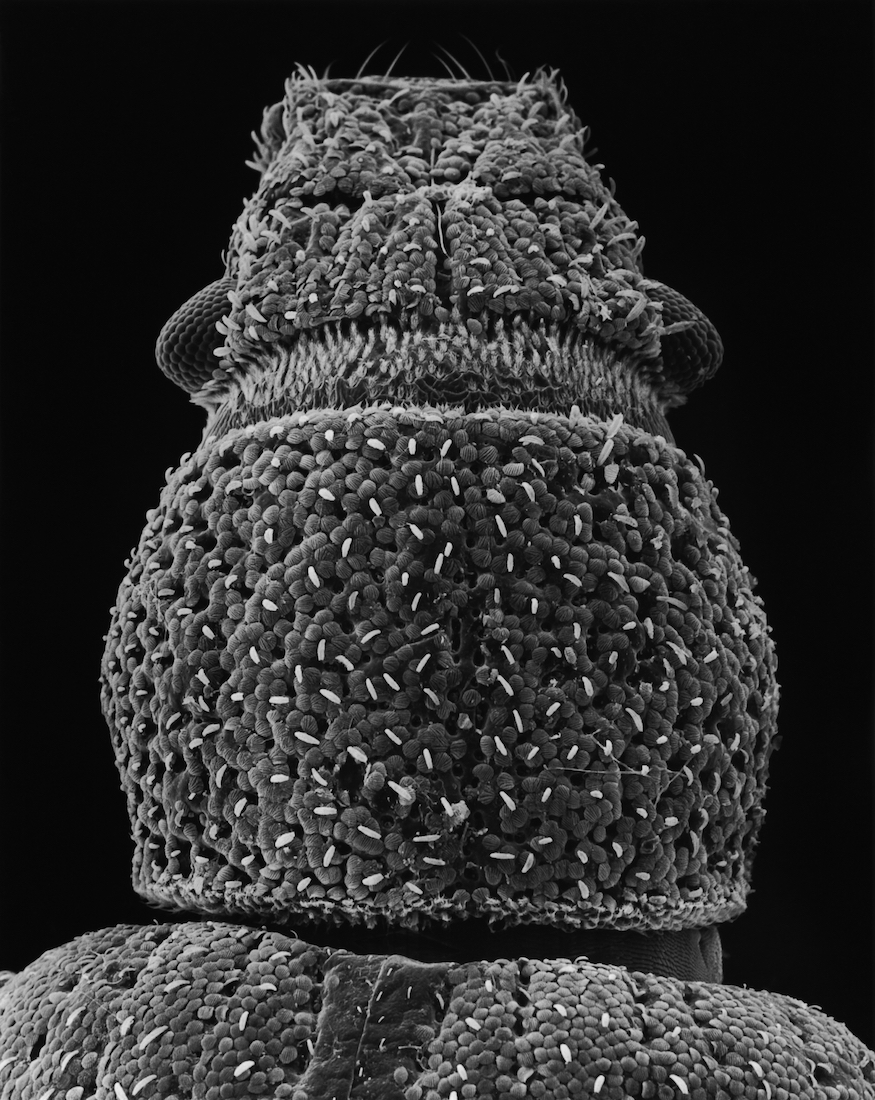Dokumentation Exhibition/Curation Donggang International Photography Festival 2019
Dokumentation Exhibition/Curation Donggang International Photography Festival 2019
Documentation of Main International Exhibition at Donggang International Photography Festival in Korea „Academy series 1: Kunstakademie Düsseldorf“; participants: Boris Becker, Laurenz Berges, Claudia Fährenkemper, Bernhard Fuchs, Claus Geodicke, Matthias Koch, Yoonjean Lee, Katharina Mayer, Martin Rosswog, Jörg Sasse, Josef Schulz, Petra Wunderlich; Curator HeeJung KIM (KR), Co-Curator Claudia Fährenkemper
Format:
PDF Presentation








